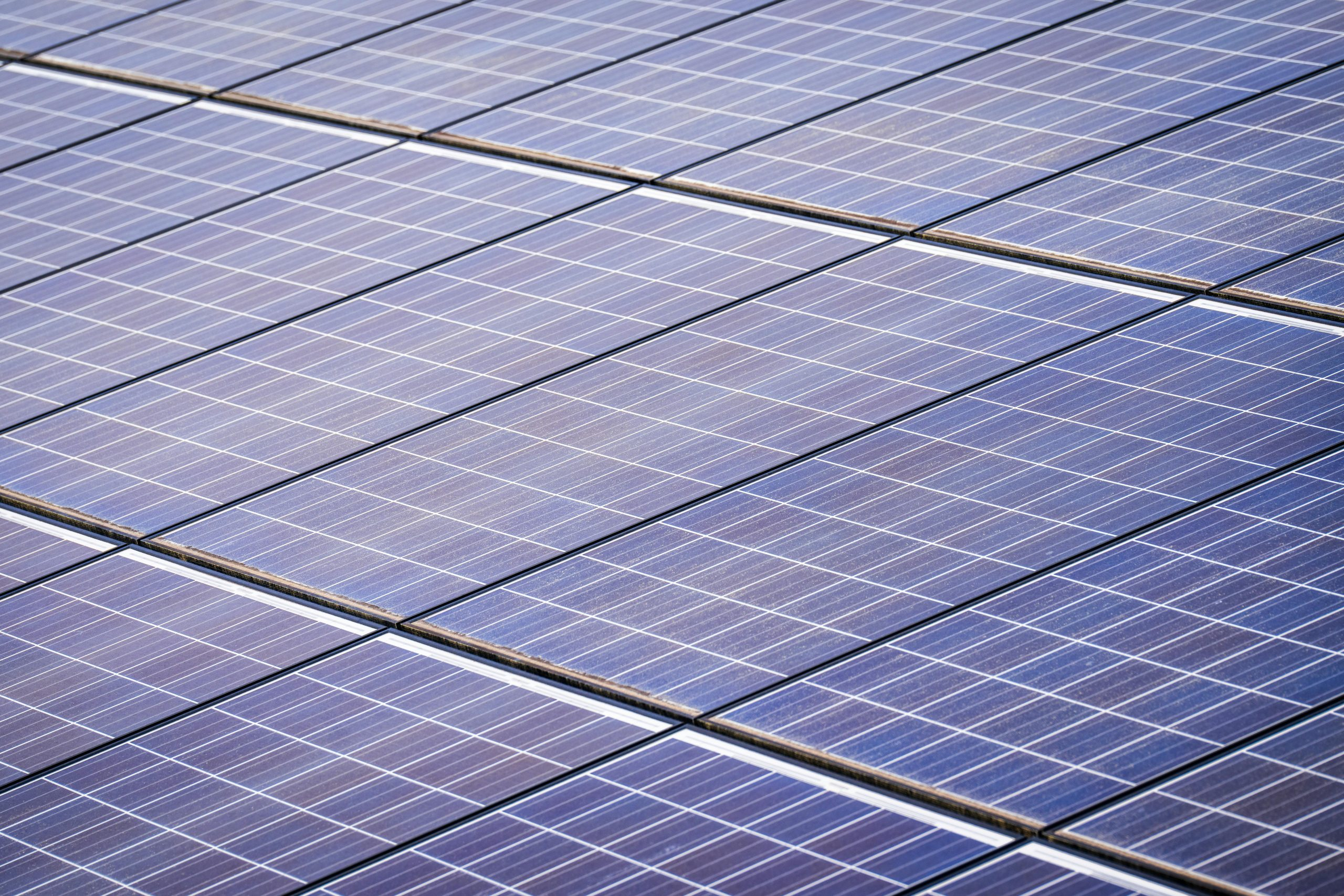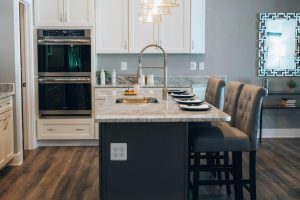Sustainable Building Solutions: Eco-Friendly Materials and Energy Efficiency
Sustainable building solutions are becoming increasingly popular as the world continues to face environmental challenges. These solutions not only help reduce the impact of construction on the planet, but also provide energy-efficient and cost-effective alternatives for building and maintaining structures. In this article, we will explore the concept of sustainable building solutions, focusing on eco-friendly materials and energy efficiency.
What are Sustainable Building Solutions?
Sustainable building solutions refer to practices and techniques used in constructing, renovating, and maintaining buildings in an environmentally responsible way. These solutions consider the entire life cycle of a building, from design and construction to operation and maintenance, and aim to minimize negative impacts on the environment. They also strive to create healthier and more comfortable living and working spaces for occupants.
The Importance of Sustainable Building Solutions
As our population continues to grow, so does the need for housing, offices, and other structures. This results in a lot of resources being used and waste being generated, which in turn contributes to environmental degradation and climate change. Adopting sustainable building solutions can help reduce these negative impacts and provide a more sustainable way of meeting our construction needs.
Sustainable building solutions also offer economic benefits, as they can help decrease operational costs and improve building performance. Energy-efficient buildings, for example, can significantly reduce utility bills, making them more affordable for owners and tenants. These solutions also often use environmentally-friendly materials that are more durable and require less maintenance, saving money in the long run.
Eco-Friendly Materials for Sustainable Building Solutions
One of the key components of sustainable building solutions is the use of eco-friendly materials. These materials are renewable, low in toxicity, energy-efficient, and have a lower impact on the environment compared to traditional construction materials. Here are some examples of eco-friendly materials that can be used in sustainable building solutions:
Bamboo
Bamboo is a fast-growing, renewable resource that has been used in construction for centuries. It is incredibly strong and can be used for a variety of purposes, including flooring, furniture, and structural elements. Bamboo also absorbs carbon dioxide and produces more oxygen than most trees, making it an excellent environmentally-friendly option for building materials.
Recycled Steel
Steel is one of the most commonly used materials in construction, but it can also have a significant environmental impact due to its production process. Using recycled steel not only reduces the need for mining and manufacturing, but also saves energy and reduces greenhouse gas emissions. Recycled steel can be used for roofing, framing, and other structural components, making it a versatile sustainable building material.
Straw Bales
Straw bales are an excellent alternative to traditional insulation materials such as fiberglass. Straw bales are made from agricultural waste and are highly energy-efficient, providing excellent insulation for buildings. They are also non-toxic, renewable, and inexpensive, making them an ideal eco-friendly material for sustainable building solutions.
Energy Efficiency in Sustainable Building Solutions
Another critical aspect of sustainable building solutions is energy efficiency. Buildings consume a significant amount of energy, and by implementing energy-efficient measures, we can reduce this consumption and decrease our carbon footprint. Here are some ways in which sustainable building solutions can promote energy efficiency:
Solar Panels
Solar panels are perhaps the most well-known renewable energy source and are a common feature in sustainable building solutions. These panels convert sunlight into electricity, providing a clean and efficient way to power buildings. They can be used for electricity, heating, and cooling, making them a versatile option for energy-efficient buildings.
Natural Lighting and Ventilation
Incorporating natural lighting and ventilation into building design can significantly reduce energy consumption. Skylights, large windows, and open floor plans allow natural light to enter and circulate, reducing the need for artificial lighting and air conditioning. This not only saves energy but also creates a more pleasant and healthier indoor environment.
Energy-Efficient Appliances and HVAC Systems
Choosing energy-efficient appliances and installing energy-efficient heating, ventilation, and air conditioning (HVAC) systems can also go a long way in promoting energy efficiency in buildings. These systems use less energy and can significantly reduce utility costs while providing comfortable living and working spaces.
Conclusion
Sustainable building solutions are vital for reducing the environmental impact of construction and providing energy-efficient and cost-effective alternatives. By incorporating eco-friendly materials and promoting energy efficiency, we can create buildings that are not only aesthetically pleasing and functional but also sustainable in the long run.
As individuals and as a society, it is our responsibility to consider the impact of our actions on the environment and make conscious choices towards a greener future. By implementing sustainable building solutions, we can contribute to a healthier planet and a more sustainable way of living.











